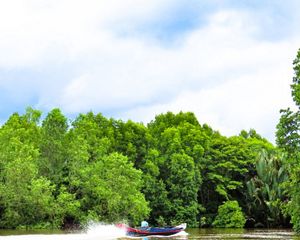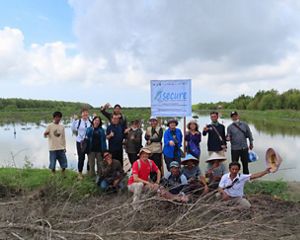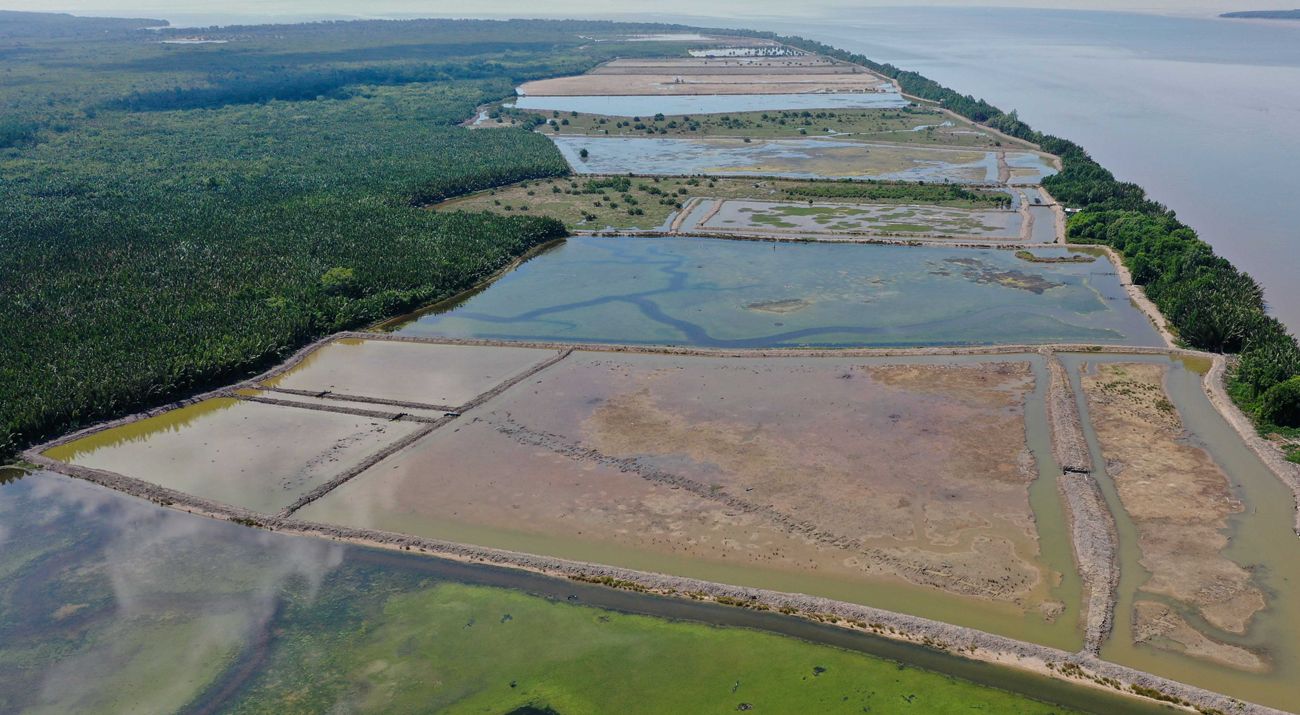
How do we quantify the emissions from converting mangrove forests to aquaculture? Yayasan Konservaasi Alam Nusantara (YKAN) researched greenhouse gas emissions and carbon reserves in East Kalimantan, specifically in Tabalar Muara Village, Berau Regency. The research team from the Natural Climate Solutions program strategy measured Greenhouse Gas (GHG) emissions in primary mangrove forests, secondary mangrove forests, and shrimp ponds. The research team also measured carbon stores above and below the soil surface for the three land uses.
Read: Positive impact from 741 hectares of Mangroves in Semanting Bay
"The research results show that Mangrove Forests play an important role as carbon stores, and if land conversion occurs, the emissions released are not only from surface carbon but also from the soil," said YKAN Senior Manager of Forestry Carbon and Climate Change Nisa Novita at the Dissemination of GHG Measurement Results event on Wetlands in East Kalimantan which was held in Samarinda, Tuesday 5 March 2024.
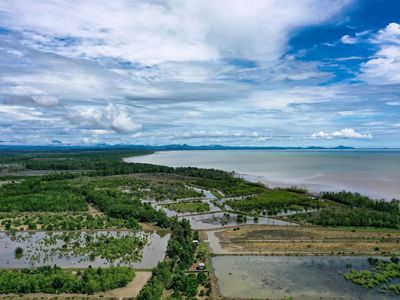
YKAN collaborated with the National Research and Innovation Agency and the Perisai Foundation to conduct this research. The researchers found that mangroves in Tabalar Muara Village have relatively high carbon stores of 942 ± 20 Mg C /hectare. This value is comparable to the median of mangrove forest carbon storage in Indonesia, 950.5 Mg C/hectare. The mangrove forest in Tabalar Muara has the largest carbon stores from the soil, around 84 percent. The rest is above the surface. The researchers found that by protecting the remaining mangrove forests from land conversion into ponds, GHG emissions can be reduced by up to 67.43 ± 18.49 Mg CO2 per hectare per year.
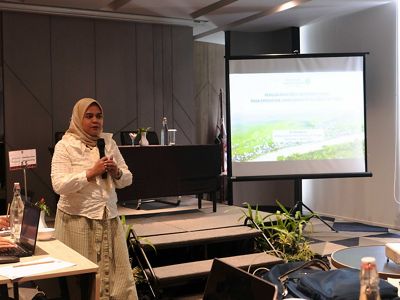
"Protecting the remaining mangrove forests is important to mitigate climate change," said Nisa. Mangroves have been known as coastal green belts because they are a good place for marine life and are threatened by rising sea levels and tsunamis. Maintaining existing mangroves has been proven to reduce emissions.


